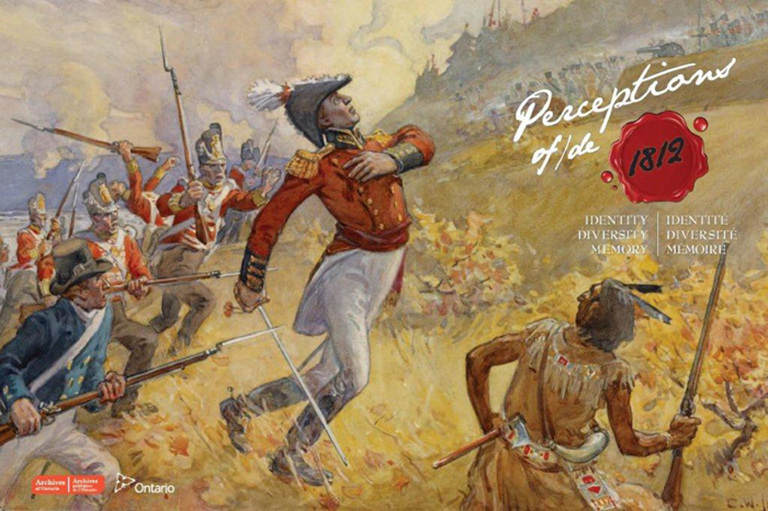Discover a wealth of interesting, entertaining and informative stories in each issue, delivered to you six times per year.
Canada's Women of History
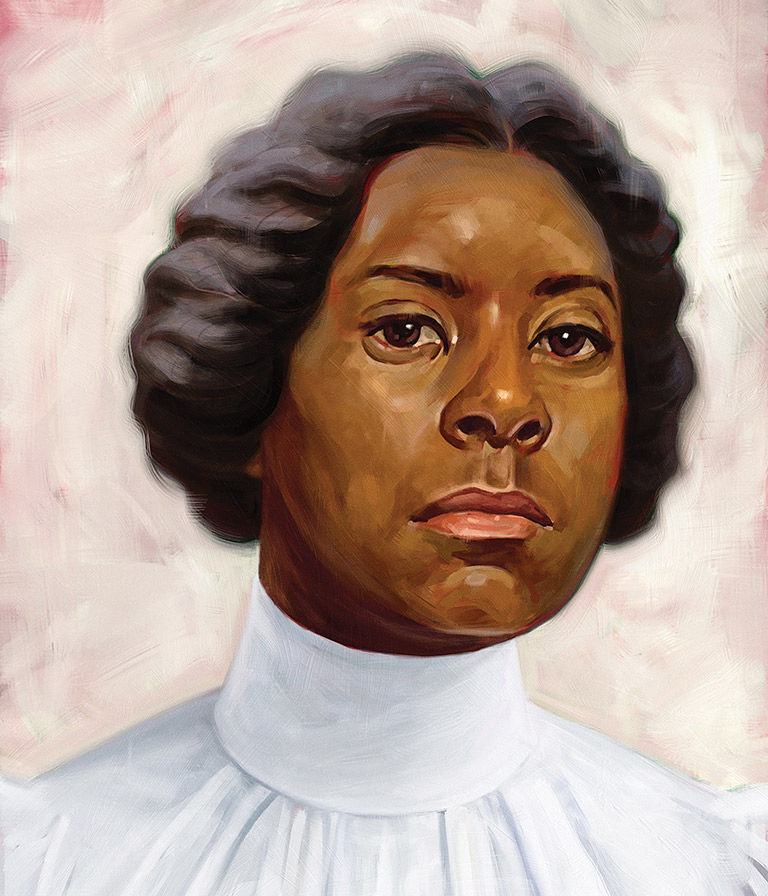
Mary Ann Shadd Cary spoke out against slavery and segregation in Canada and the United States. She was born free in 1823 in Delaware and, like her parents, worked with the Underground Railroad to send American slaves to freedom in Canada. With the passage in 1850 of the Fugitive Slave Law — which required that escaped slaves caught in free states be returned to their masters — Shadd moved to Canada. She opened an integrated school in Windsor, Canada West (Ontario). In Toronto she became the first black woman in North America to publish a newspaper, the Provincial Freeman.
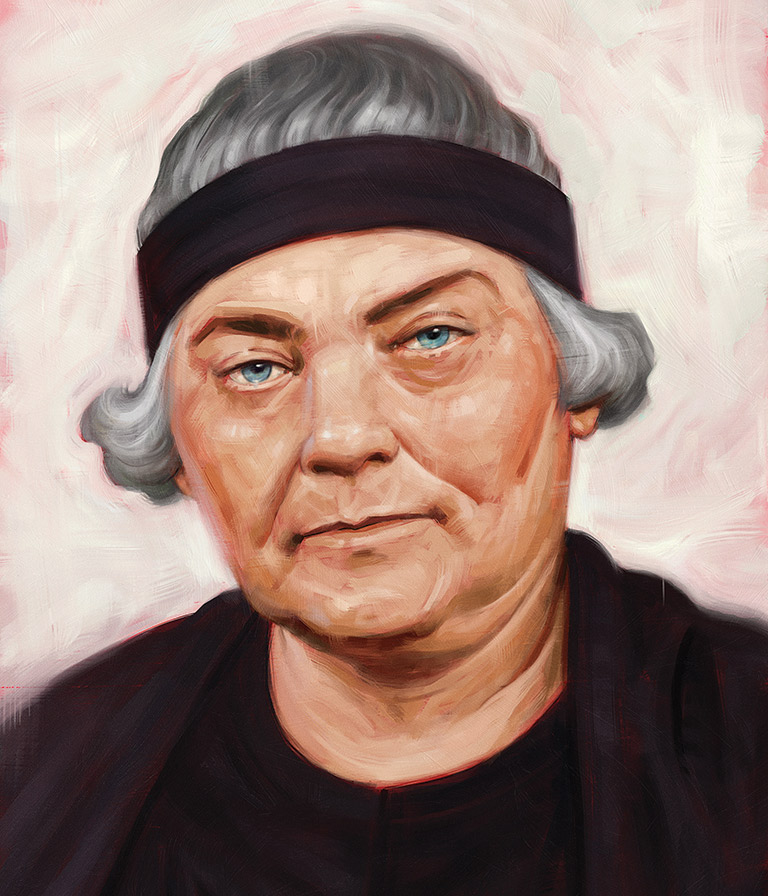
Emily Carr was one of the most distinguished Canadian painters of the first half of the twentieth century. She is best known for her bold, colourful, Post-Impressionist style of painting, which was inspired by West Coast First Nations culture as well as by the natural beauty of her home province, British Columbia. Carr’s most lasting works — rich with Haida, Gitxsan, Tsimshian, and other Aboriginal imagery — were created in the latter part of her life. Her later work came as Aboriginal Canadians were beginning to reclaim their culture and identity.
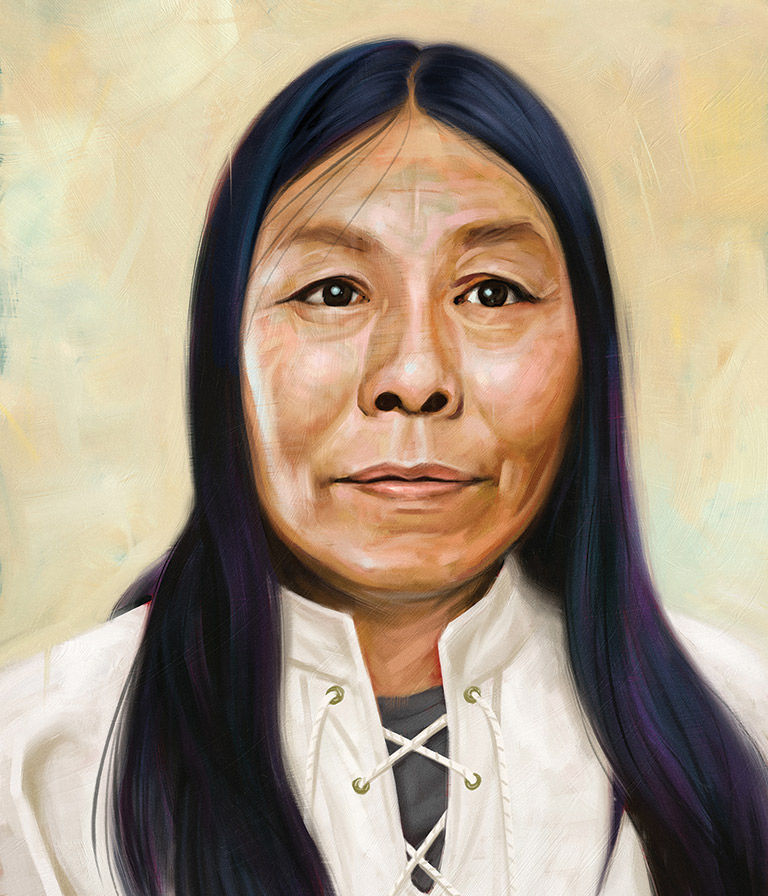
Kenojuak Ashevak is one of the pioneers of modern Inuit art. She spent her childhood living a traditional Inuit hunting life on the south coast of Baffin Island. While Ashevak was recovering from tuberculosis in a Quebec hospital, her skill at beadwork and crafts attracted the attention of an art dealer. She was introduced to printmaking, and her iconic The Enchanted Owl (1960) was featured on a postage stamp in the 1970s to commemorate the centennial of the Northwest Territories. In 1963, Ashevak was the subject of a documentary by the National Film Board.
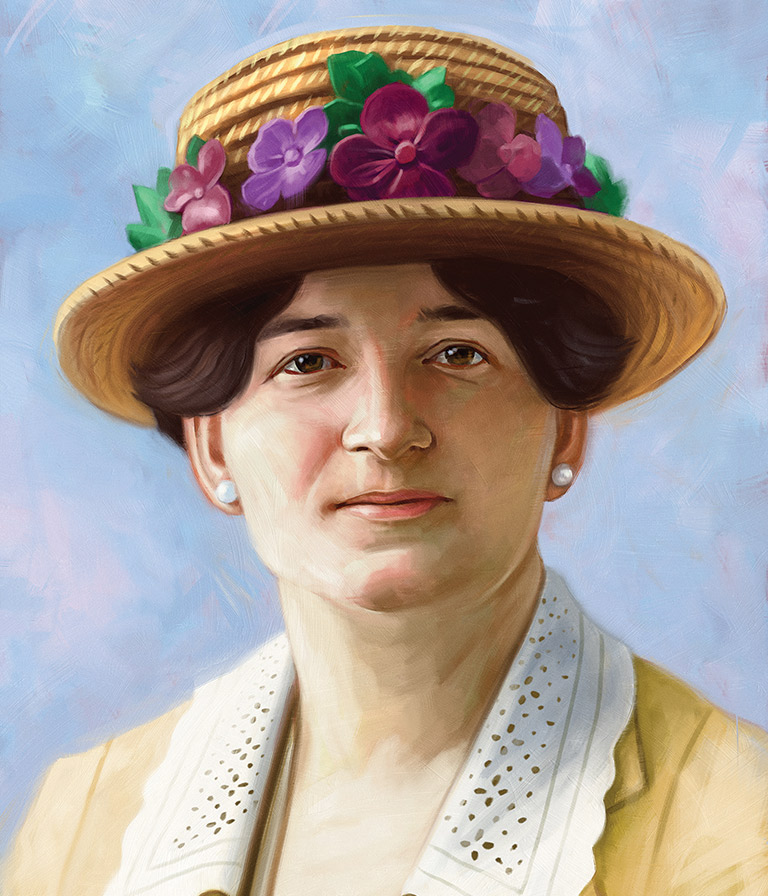
Nellie McClung is today an icon of women’s equality, remembered for helping Canadian women win the right to vote. In Manitoba, she played a lead role in the suffrage movement, using satire (through the Mock Parliament of 1914) to fight for equality. McClung later moved to Alberta, where she lobbied for women’s suffrage and other reforms. She was elected to the Alberta legislature and served from 1921 to 1926. In 1927, she and four other women launched the Persons Case, which eventually cleared the way for women to serve in the Senate.
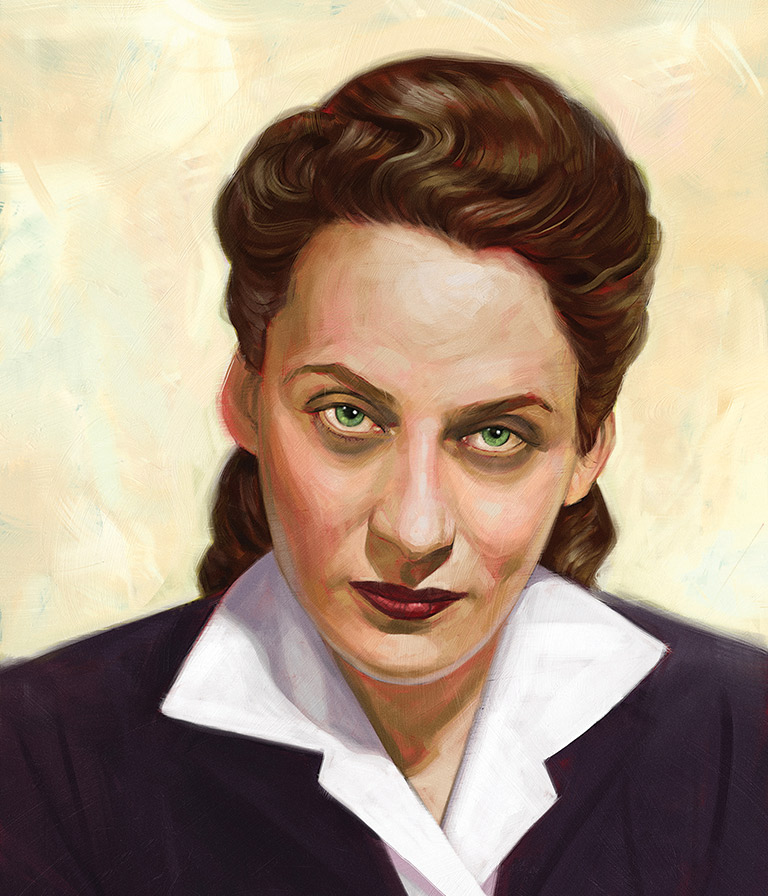
Gabrielle Roy is considered one of the great Canadian writers on the human condition. The Manitoba-born French Canadian excelled in school and became a teacher in rural Manitoba before moving to Montreal, where she took up writing. In 1945, Roy published her first novel, Bonheur d’occasion, which was set in the gritty Montreal district of Saint-Henri during the Second World War. The book was greatly influential for the generation that launched the Quiet Revolution in Quebec. Later published in English as The Tin Flute, it won several major writing awards.
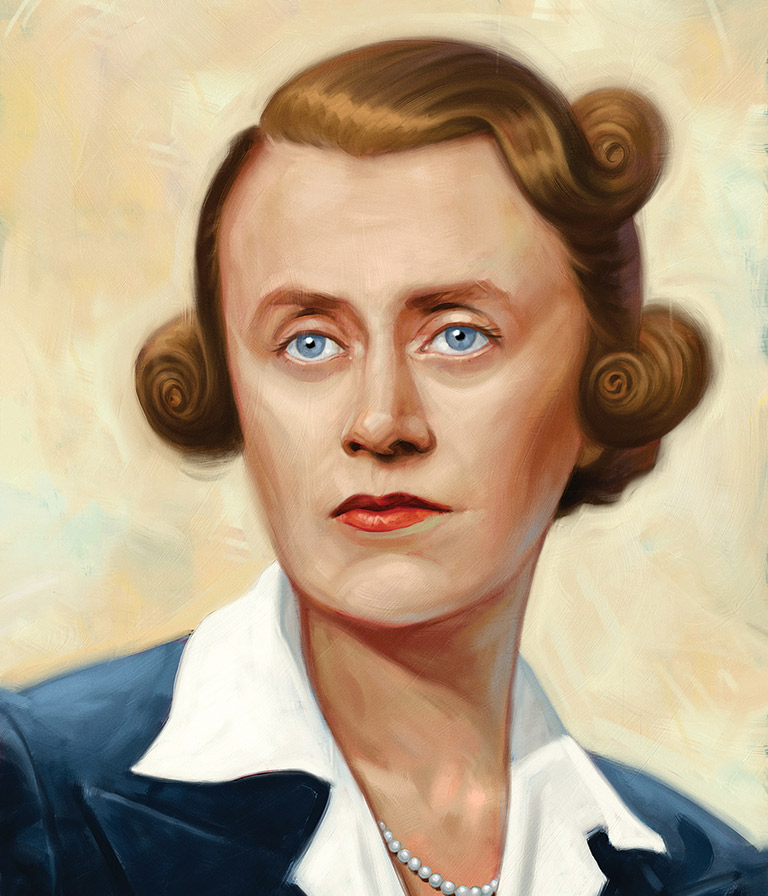
Thérèse Casgrain fought against social, economic, and political injustices affecting both women and men. She founded the Provincial Franchise Committee for women’s suffrage in Quebec in 1921 and led the Ligue des droits de la femme from 1928 to 1942. She also hosted Fémina, a popular Radio-Canada program. From 1951 to 1958, she served as leader of the Quebec wing of the Co-operative Commonwealth Federation, becoming the first woman in Canada to head a political party. At age seventy-four, she was appointed to the Senate as an independent member.
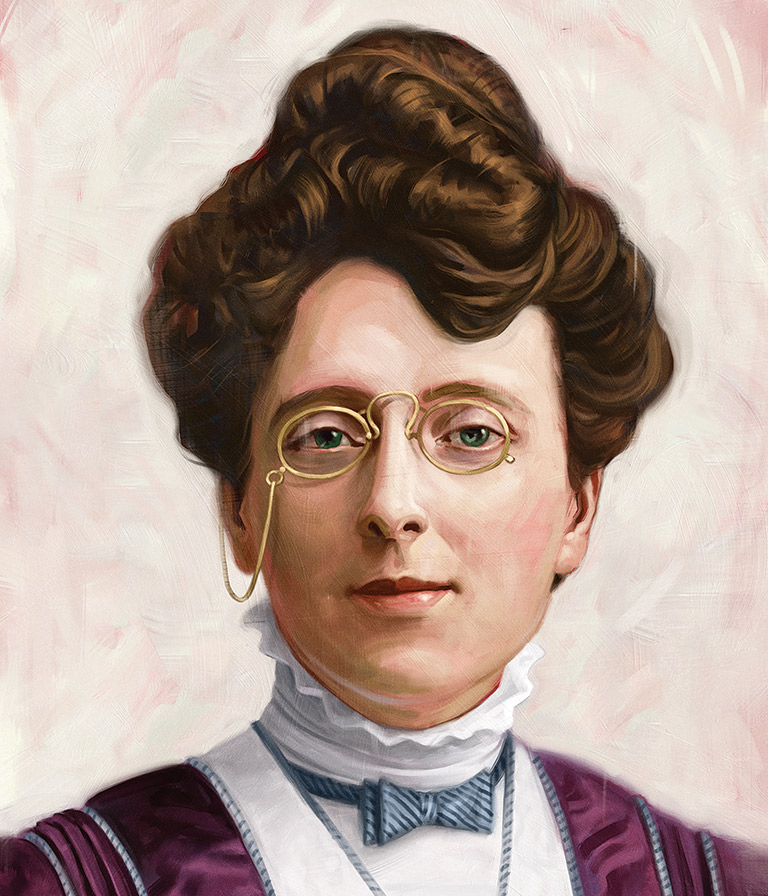
Lucy Maud Montgomery The Anne of Green Gables series, written by Lucy Maud Montgomery, is likely among the best-known — and most beloved — works of Canadian literature. Montgomery began writing poetry at age nine. She enrolled at Dalhousie University in 1895, making her one of few women of her time to seek higher education. She wrote Anne of Green Gables in 1905. Rejected by several publishers, it was finally printed in 1908. Since then, it has been reprinted countless times and has inspired musicals, plays, and television programs.
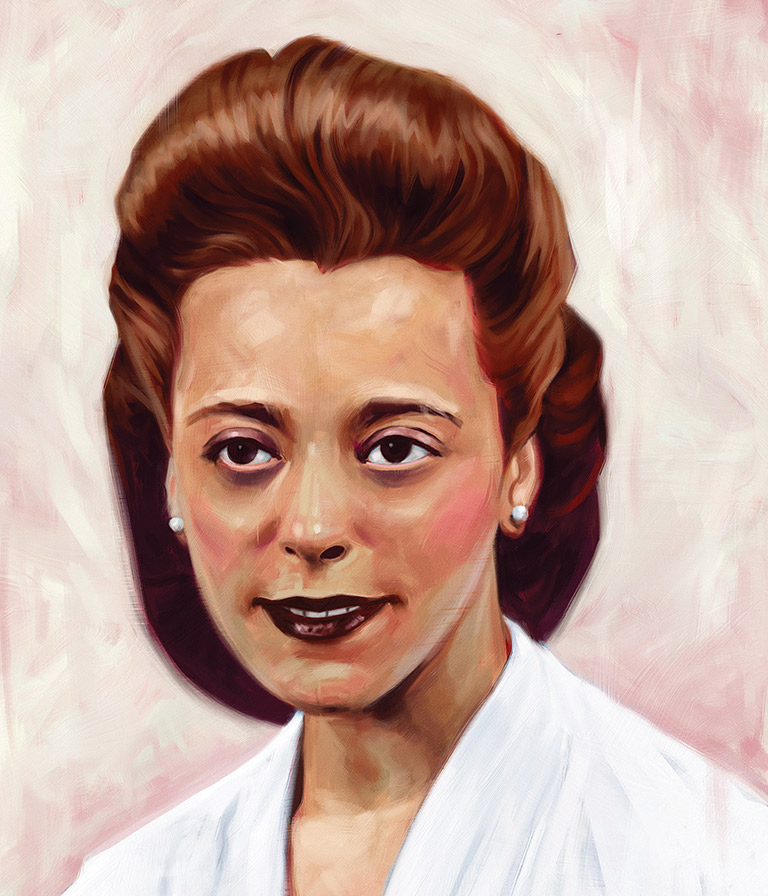
Viola Desmond Long before the modern civil rights movement in the United States, a black woman from Halifax took a stand for racial equality in a rural Nova Scotia movie theatre. In 1946, Viola Desmond, a hairdresser, refused to move to a section of the theatre unofficially set aside for black patrons. She was dragged out of the theatre and jailed. While officials denied that Desmond’s race was the root of the issue, her case galvanized Nova Scotia’s black population to fight for change. In 1954, segregation was legally ended in Nova Scotia.
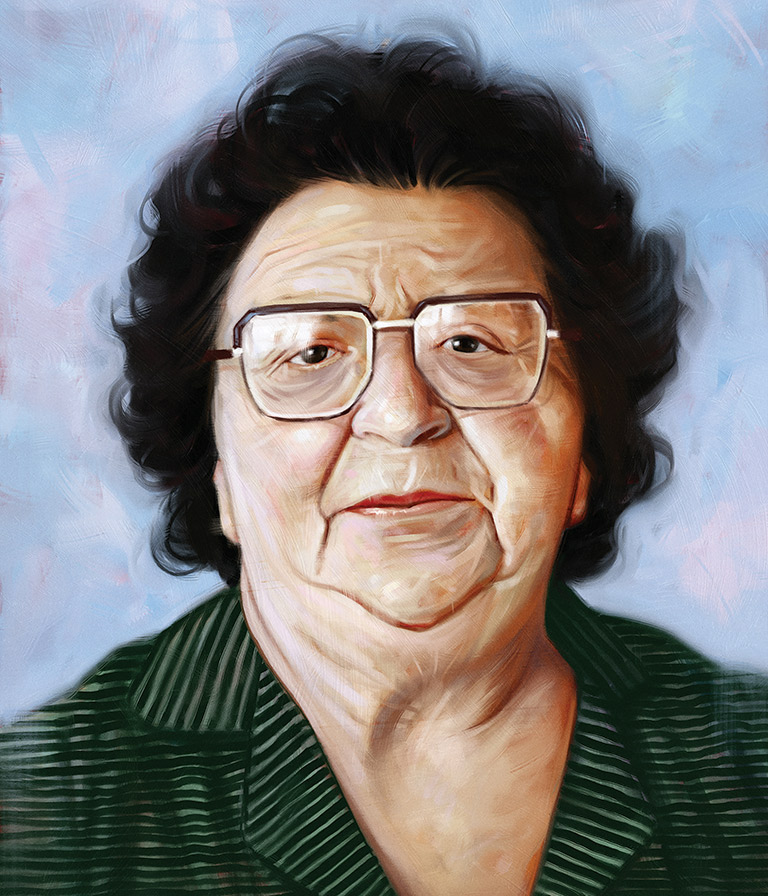
Mary Two-Axe Earley championed equal rights for Aboriginal women. Born on a Mohawk reserve in Kahnawake, Quebec, Two-Axe Earley lost her “Indian” status after marrying a non-Aboriginal man. (The Indian Act allowed Aboriginal men to marry whomever they wanted without affecting their status.) In 1966, Two-Axe Earley began lobbying to reverse the discriminatory statute. When the Kahnawake band tried to evict her in 1975, she used her presence at a women’s conference to call attention to the issue. The act was changed in 1985, benefitting thousands of Aboriginal women.
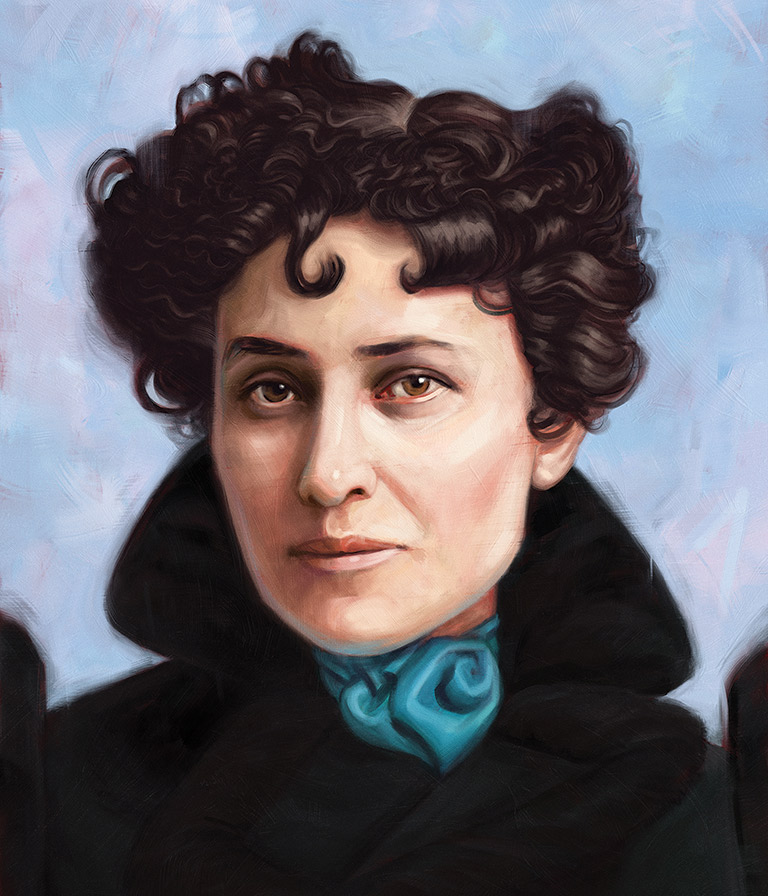
Pauline Johnson (Tekahionwake), daughter of a Mohawk chief, is best known for poetry and performances celebrating her Aboriginal heritage. Her stories about Aboriginal women and children were more realistic than those written by many of her contemporaries. Her work was presented in W.D. Lighthall’s Songs of the Great Dominion (1884), the first anthology to include French-Canadian and Aboriginal poetry. Johnson travelled across Canada, the United States, and England to speak and to give readings. Her patriotic writing made her a popular ambassador for Canada.


